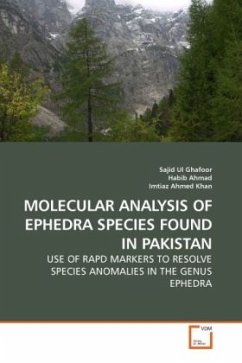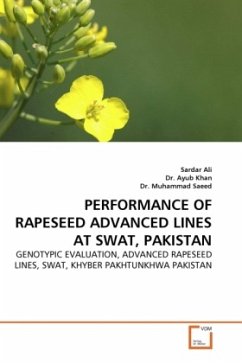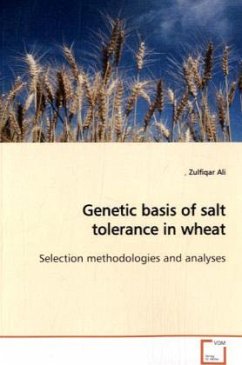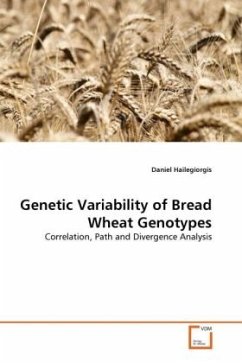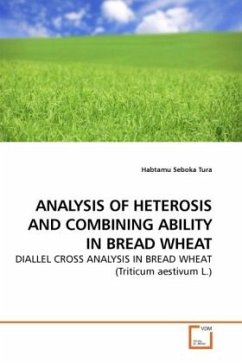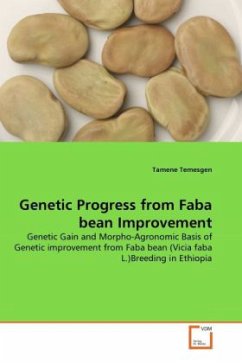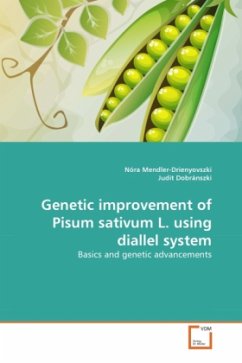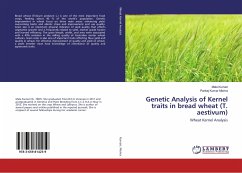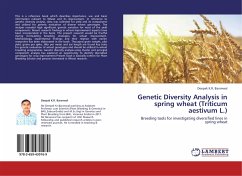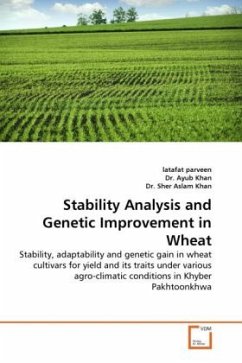
Stability Analysis and Genetic Improvement in Wheat
Stability, adaptability and genetic gain in wheat cultivars for yield and its traits under various agro-climatic conditions in Khyber Pakhtoonkhwa
Versandkostenfrei!
Versandfertig in 6-10 Tagen
39,99 €
inkl. MwSt.

PAYBACK Punkte
20 °P sammeln!
Wheat production in Pakistan can be divided into three distinct periods: 1947-65, 1966-76 & 1976- todate. Wheat production increased by 647% from 1948 to 2006 whereas area increased by 210% in this period. Wheat worth of Rs. 220 b is produced year-1, where in one percent gain/loss in wheat production would be equal to Rs. 2.20 b. During the last 11 years (1999-2009), production varied from 18.223 to 23.40 m t with average yield of 2262 to 2585 Kg ha- 1. Wheat production is prime objective in agri. policies; contributes 13.8% to the value added products in agri.& 3.2% to the GDP. The wheat in a...
Wheat production in Pakistan can be divided into three distinct periods: 1947-65, 1966-76 & 1976- todate. Wheat production increased by 647% from 1948 to 2006 whereas area increased by 210% in this period. Wheat worth of Rs. 220 b is produced year-1, where in one percent gain/loss in wheat production would be equal to Rs. 2.20 b. During the last 11 years (1999-2009), production varied from 18.223 to 23.40 m t with average yield of 2262 to 2585 Kg ha- 1. Wheat production is prime objective in agri. policies; contributes 13.8% to the value added products in agri.& 3.2% to the GDP. The wheat in arid zones often suffers a serious moisture stress throughout its life cycle. Wheat yield improvement in the rainfed areas would be the basis for eliminating hunger and to cope with demands of population and indirectly upgrade the socio-economic status of the farming community. The book in hand provides baseline information on stability, adaptability and genetic gain in wheat. It can furnish useful guide line for wheat breeders, policy makers, agricultural graduates and should be in every agriculture library.




